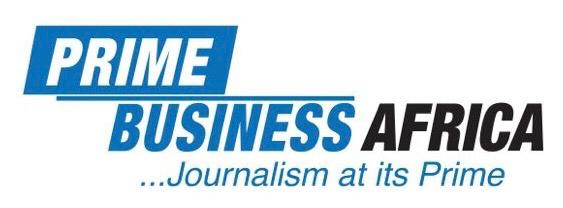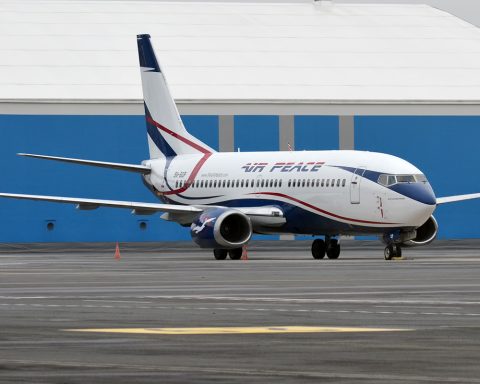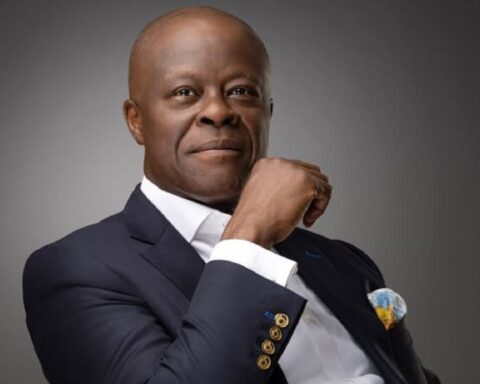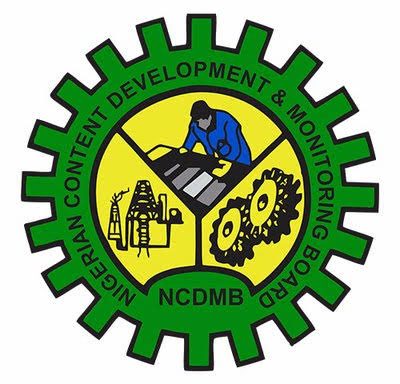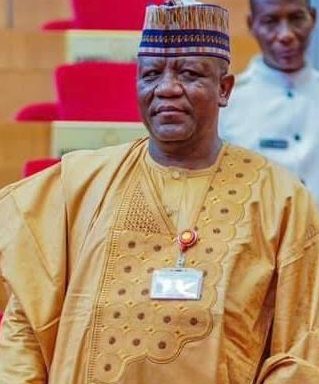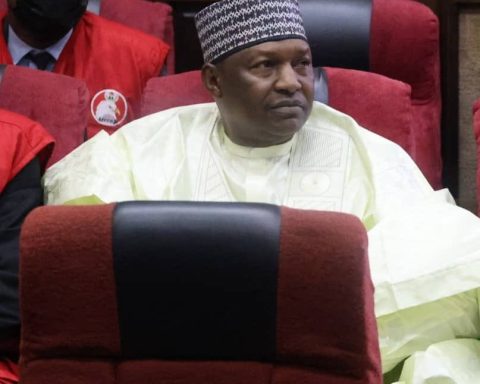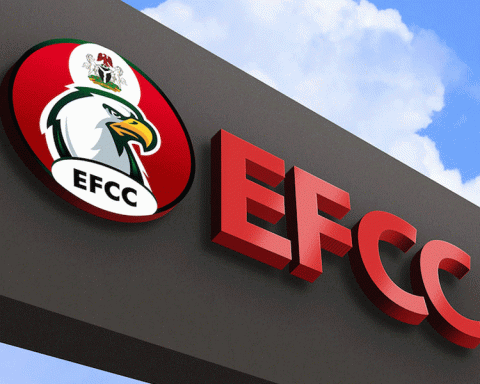The Nigerian Government’s move to spend over ₦3 trillion on the rehabilitation of the Third Mainland Bridge in Lagos State has sparked mixed reactions.
The Minister of Works, David Umahi, while speaking after the Federal Executive Council (FEC) meeting in Abuja on Wednesday, said preliminary estimates revealed that rehabilitating the bridge would cost ₦3.8 trillion, while a complete rebuild would cost ₦3.6 trillion.
Join our WhatsApp ChannelHe said they sought the approval of the Federal Executive Council (FEC) for the project’s execution under an Engineering, Procurement, Construction and Financing (EPC+F) arrangement.
According to him, underwater studies conducted in 2013 and 2019 showed that the piers of the bridges had deteriorated significantly as a result of corrosion, ocean currents, and illegal sand mining.
“The rehabilitation is estimated at ₦3.8 trillion, while a complete rebuild would cost about ₦3.6 trillion,” Umahi stated, adding that the government has approved seven specialist contractors to conduct investigations and designs under an EPC+F model.
The minister said earlier studies on Carter Bridge revealed that it is beyond repair, adding that contractor Julius Berger had recommended its full replacement, estimated to cost ₦359 billion..
“The Carter Bridge was beyond repair. They gave us a cost of about N380 billion for rehabilitation, but said it was not feasible. But the feasible one was about 359 billion for the brand-new bridge and they discussed with the Dutch bank for their funding.
“When we did a pro rata of what is to be done if we are to rehabilitate, it came to about 3.8 trillion and if we are to do a new construction, it came to about 3.6 trillion and so we approached the Federal Executive Council and said, ‘look, give us approval …to do two things under Engineering, Procurement, Construction, and Financing (EPC+F) arrangement,” the minister said.
The 11.8km Third Mainland Bridge is Nigeria’s longest bridge, which links the Lagos mainland to the island, performing a critical role in the State’s road transport. The bridge, which was inaugurated in 1990, has undergone a series of repairs over the years.
The last major repairs on the Third Mainland Bridge were completed in April 2024, costing about ₦21 billion.
However, Umahi said recent studies show that the bridge has suffered damage and requires urgent attention.
While some Nigerians expressed support for the move, others criticised the government for allocating such a huge sum for the project.
Nollywood actor Kanayo O Kanayo, praised the government for addressing the bridge’s long-standing issues, citing improved safety and reduced traffic disruptions once completed.
Criticisms
Critics argue that the ₦3 trillion figure is excessive and demand transparency in procurement.
Economist and social commentator, Prof I. Enakhena, said the allocation of over ₦3 trillion for the renovation of a single bridge in a country ravaged by severe economic hardship amounts to “misallocation of resources.”
In a statement via his X handle, Enakhena wrote: “The proposed 3 trillion Naira for a single bridge renovation, especially in a country with significant economic challenges, suggests a misallocation of resources, given the economic conditions like fiscal irresponsibility, budget inflation, voodoo fiscal and monetary policies resurgence of terrorism.
“Lack of security manpower, double-digit interest rate, and a lack of investment in critical sectors like energy, agriculture, fund electoral reforms, retrospectively, a ₦3trn budget to renovate and not build a new bridge is financially recalcitrant & highly questionable, but also appears to be unfeasible and disproportionately high & beyond belief.”
He expressed concern about the persisting economic challenges and failure of the government to tackle unemployment, insecurity, corruption and prioritise investment in education, healthcare, and critical infrastructure.
Some X users compare the cost of rehabilitating the bridge with what was spent elsewhere, raising questions about the transparency.
“The San Mateo Hayward Bridge in California costs 107 billion naira ($70 million) to build & ₦306 billion ($200 million) to widen. The Shenzhen–Zhongshan Link Bridge in China also cost $4.83 million to build two bridges. But here we are using $2.3 million to maintain a bridge that the last maintenance and repair was in April 2024, what a country!” – an X user, Damilola, stated.
Another X user expressed doubt about the figure mentioned as to what it would cost to repair the bridge, but stated that, since it has to do with people’s safety, they should go ahead with the rehabilitation.
“I won’t say it a lie if it involves life they should fix it those of you saying it a lie if something happens now you say Nigerian government are this or that now they want to fix something u guys are complaining, truly the amount of money is too much I don’t believe the repair will cost such but if the need arise to repair it they should do so.”
Another user urged the government to produce a documentary showing the extent of damage on the bridge to Nigerians about the true state of the structure, given the existing mistrust between the government and the citizens.
“Umahi also needs to understand there is a serious trust issue between the government and the governed. News like this should be accompanied by a comprehensive documentary in 4K, detailing every issue identified. And N3.6 trillion is no small sum. Transparency is the first step to trust.”
There are concerns about funding the project. Umahi said the government plans to seek public-private partnerships (PPP) and international lenders like Deutsche Bank, raising worries about debt sustainability.
Previous repairs in 2020–2021 and 2024 were temporary fixes. While the project is deemed necessary for national infrastructure, the staggering cost has ignited debates over fiscal priorities and accountability. The government emphasises urgency, but public trust hinges on transparent execution and cost efficiency.
Victor Ezeja is a passionate journalist with seven years of experience writing on economy, politics and energy. He holds a Master's degree in Mass Communication.
